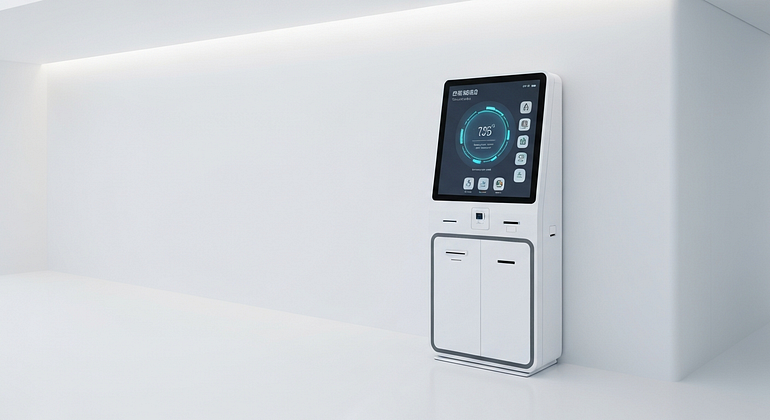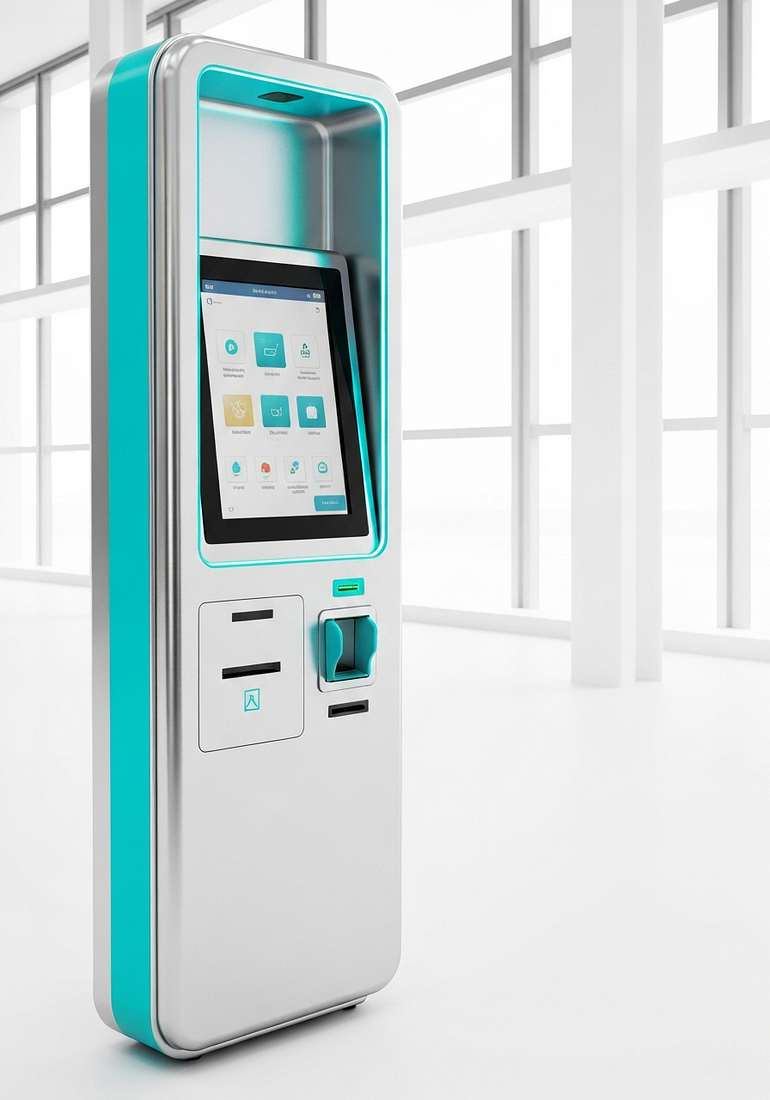Smart Ticketing Kiosks: Cutting Queues, Boosting Sales, and Simplifying Access in 2025
Wiki Article

We’ve all been there — long lines, rushed staff, and impatient guests waiting just to buy a ticket. Whether it’s a weekend movie, a morning train, or a crowded museum, ticket counters can easily get overwhelmed. That’s where ticketing kiosks come in.
These self-service machines let customers buy, print, or scan tickets on their own, without waiting for a cashier. You’ll find them at cinemas, transit stations, museums, entertainment venues, and theme parks across the world.
In 2025, self-service ticketing isn’t just convenient — it’s a must-have. With faster service, fewer errors, and smarter upsell options, ticketing kiosks make queues shorter, buyers happier, and businesses more profitable.
What Are Ticketing Kiosks and How Do They Cut Wait Times?
Ticketing kiosks are digital self-service stations where customers can purchase, collect, or manage tickets without staff assistance. They help split customer demand between staffed counters and automated machines — meaning shorter lines for everyone.
When the average kiosk completes a sale in 45 to 60 seconds, four kiosks can handle 4–5 customers per minute, significantly reducing queue length and stress on staff.
Reliability, clear on-screen steps, and consistent uptime make these kiosks a trusted solution for busy venues around the world.
Self-Service Checkouts That Move the Line Faster
Unlike staffed counters, kiosks remove the small talk and payment delays that slow lines. Customers can scan barcodes, pick seats from visual maps, and pay using tap-to-pay or mobile wallets — all within seconds.
Features like saved profiles, one-tap reorders, and multilingual support make each interaction smooth. With every guest moving faster, the overall flow improves — even during peak times like weekend evenings or holidays.
Where Kiosks Shine: Cinemas, Transit, Museums, and Venues
Ticketing kiosks are now standard across multiple industries:
- Cinemas use them for movie tickets, seat selection, and snack combos.
- Transit stations sell travel passes, top-ups, and daily tickets.
- Museums and parks manage timed entries to control visitor flow.
- Event venues handle reprints, check-ins, and last-minute upgrades.
During busy hours — like morning commutes or Friday night shows — kiosks smooth out spikes and reduce the visible line at counters.
Make It Easy for Everyone: Accessibility and Simple UX
The best ticketing kiosks are built for everyone. Features that improve accessibility include:
- Large fonts and plain language
- High contrast and touch-friendly buttons
- Audio guidance via headphone jack
- ADA-compliant height and reach
- Multi-language support
- A clear “back” button for easy corrections
Depending on local rules, kiosks can accept both cash and cashless payments, ensuring inclusivity. Keeping the screen flow to 3–5 simple steps makes the process effortless for all users.
Payments and Security You Can Trust
Modern ticketing kiosks support secure, fast, and flexible payments, including:
- EMV chip cards
- NFC contactless payments
- Mobile wallets (Apple Pay, Google Pay)
- Gift cards and prepaid options
They follow PCI DSS standards and use point-to-point encryption to protect every transaction. Software updates happen remotely (“over the air”), and any issue gets logged for quick technical support — ensuring uptime and user trust.
How Ticketing Kiosks Grow Revenue and Loyalty
Beyond shorter lines, ticketing kiosks drive higher sales through smart upsells, dynamic pricing, and data-driven offers. Businesses benefit from real-time analytics, while guests enjoy faster service and personalized options.
Upsells, Bundles, and Seat Upgrades That Guests Accept
Kiosks make it easy to boost order value with friendly, relevant add-ons:
- Add popcorn and a drink to a movie ticket
- Offer seat upgrades with a better view
- Suggest fast-track entry at busy hours
- Include souvenir items at museums or concerts
When the offer is clear, quick to add, and timed before payment, customers are more likely to say yes — lifting both satisfaction and revenue.
Timed Entry and Dynamic Pricing to Spread Demand
Timed entry tickets reduce crowding and ensure a better guest experience. Meanwhile, dynamic pricing adjusts based on time or demand — for example:
- 10% off for early-bird entry
- Off-peak discounts for weekdays
- Premium pricing during high-demand events
These strategies help businesses spread traffic, fill slower hours, and optimize overall sales.

Data and Analytics You Can Act On
Every tap and selection on a kiosk generates valuable data. Businesses can track:
- Conversion rate
- Average order value
- Attach rate (how many upsells are added)
- Abandonment rate at each step
- Dwell time at the kiosk
These insights guide future offers, layout improvements, and marketing strategies. Even simple A/B tests (like changing button labels or image order) can raise engagement and conversion rates.
Mobile, QR, and Kiosk Working Together
A powerful ticketing system connects mobile apps, QR codes, and kiosks into one seamless experience:
- Buy online and pick up tickets at the kiosk
- Scan a QR code to reprint or modify an order
- Start on your phone and finish at a kiosk if a line forms
- Use a loyalty ID or phone number to redeem rewards
This omnichannel flow gives flexibility to customers and consistency to businesses, keeping data synced across all touchpoints.
Your Kiosk Rollout Plan and ROI Checklist
Rolling out ticketing kiosks doesn’t need to be complex. Here’s a practical, budget-aware roadmap to plan, launch, and measure results effectively.
Pick the Right Hardware and Software for Your Site
The right setup depends on your environment and needs:
- Indoor or outdoor enclosures with weather protection
- Sunlight-readable screens for bright areas
- Ticket and receipt printers
- Barcode or QR scanners
- Cash acceptors if required by regulation
For software, choose one that offers seat maps, timed entry, easy content management, and remote monitoring — so you can update displays and offers anytime.
Connect to POS, Ticketing, and CRM Without Headaches
Smooth integration is key. Your kiosk system should work seamlessly with:
- Point of Sale (POS) systems
- Payment gateways
- Ticketing software
- CRM and loyalty platforms
Use APIs and webhooks for secure data sharing, and test everything in a sandbox before launch to prevent live issues.
Report this wiki page